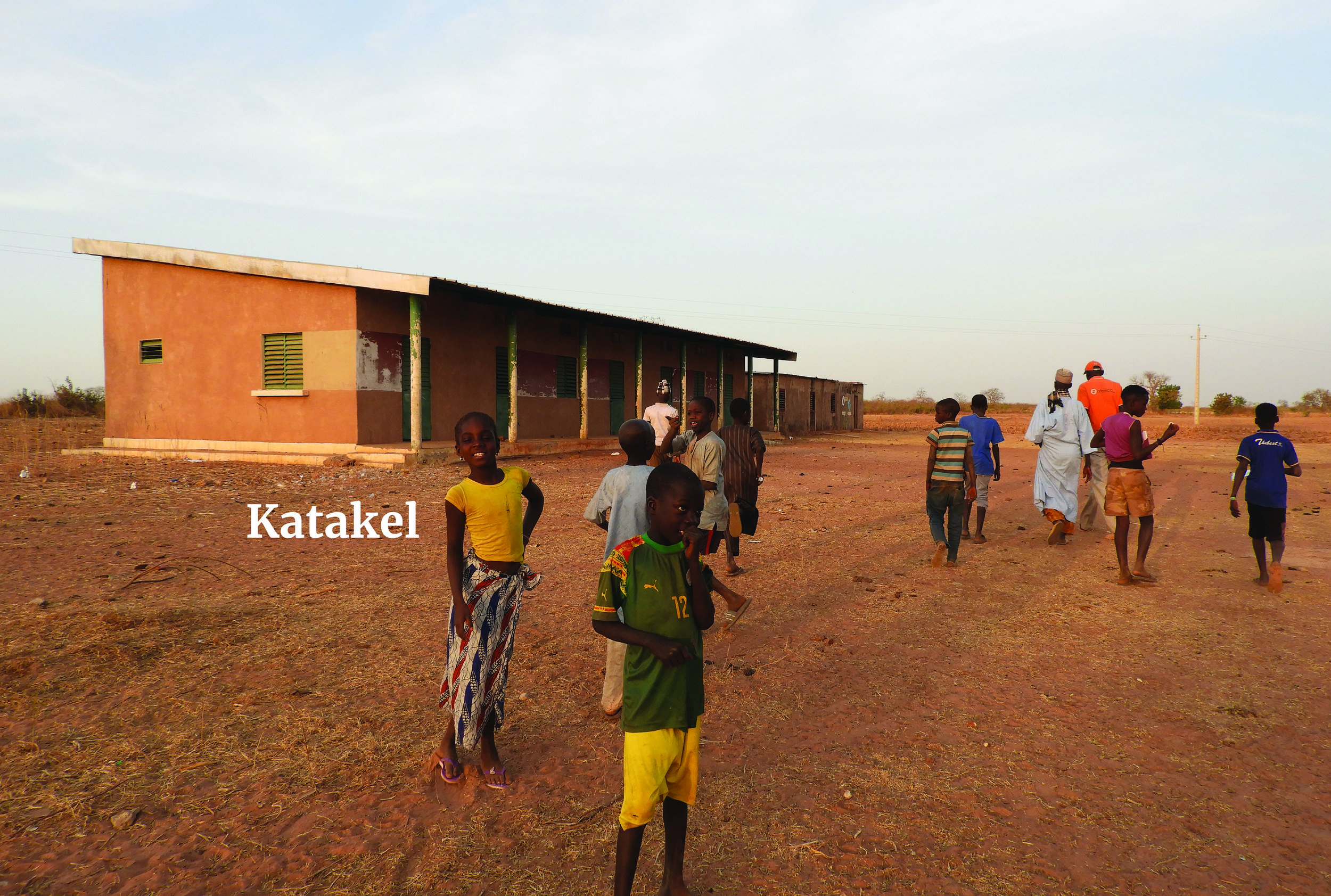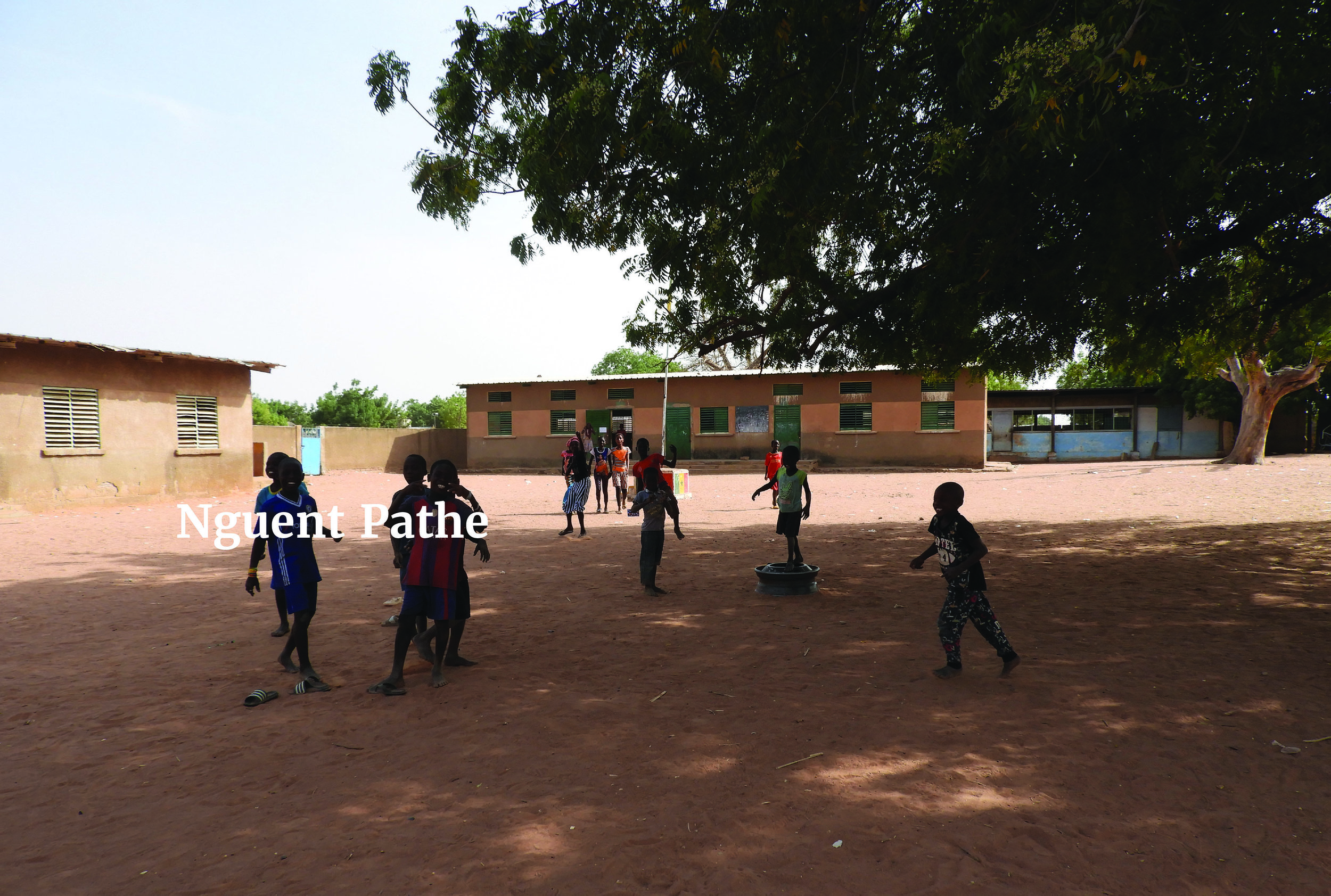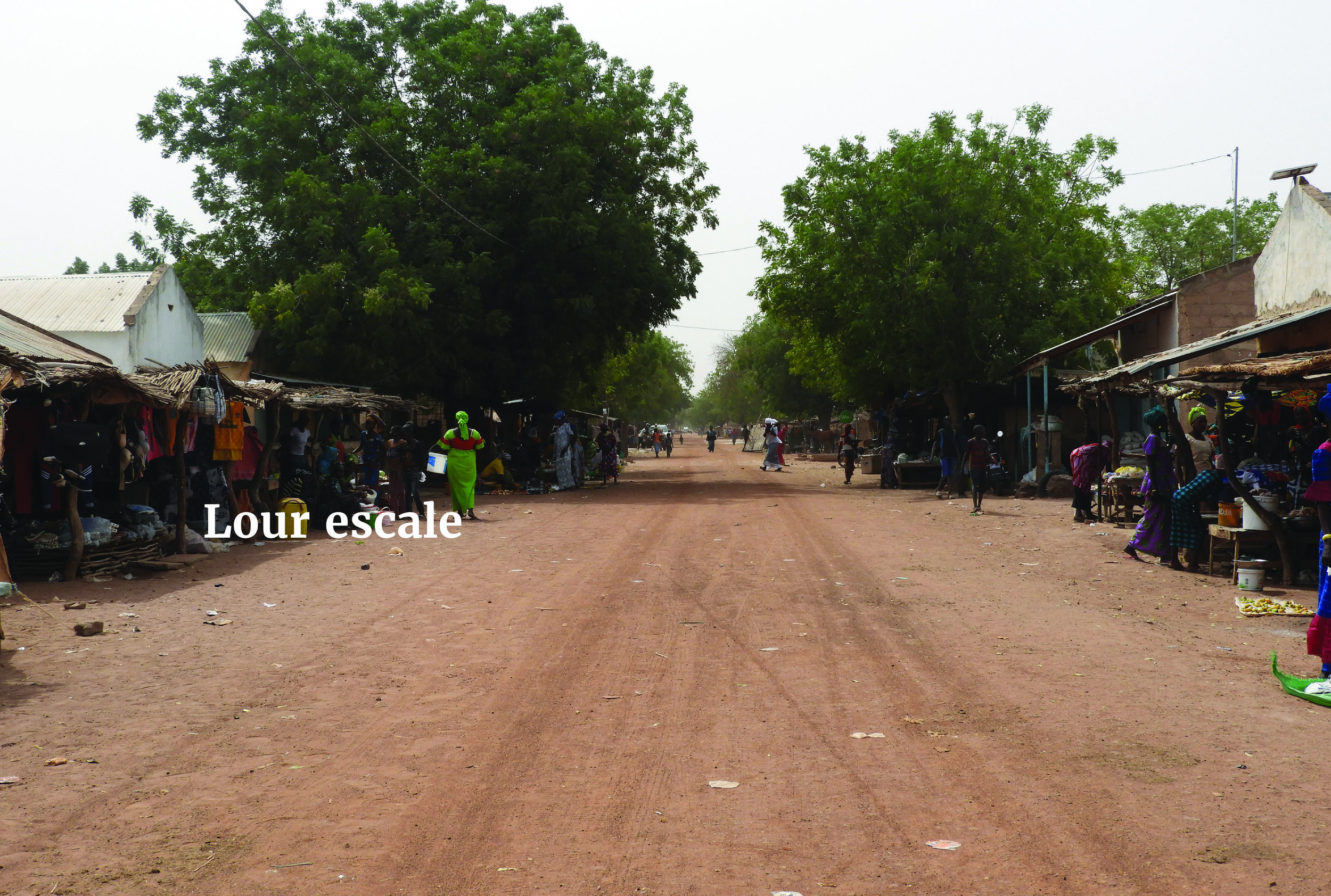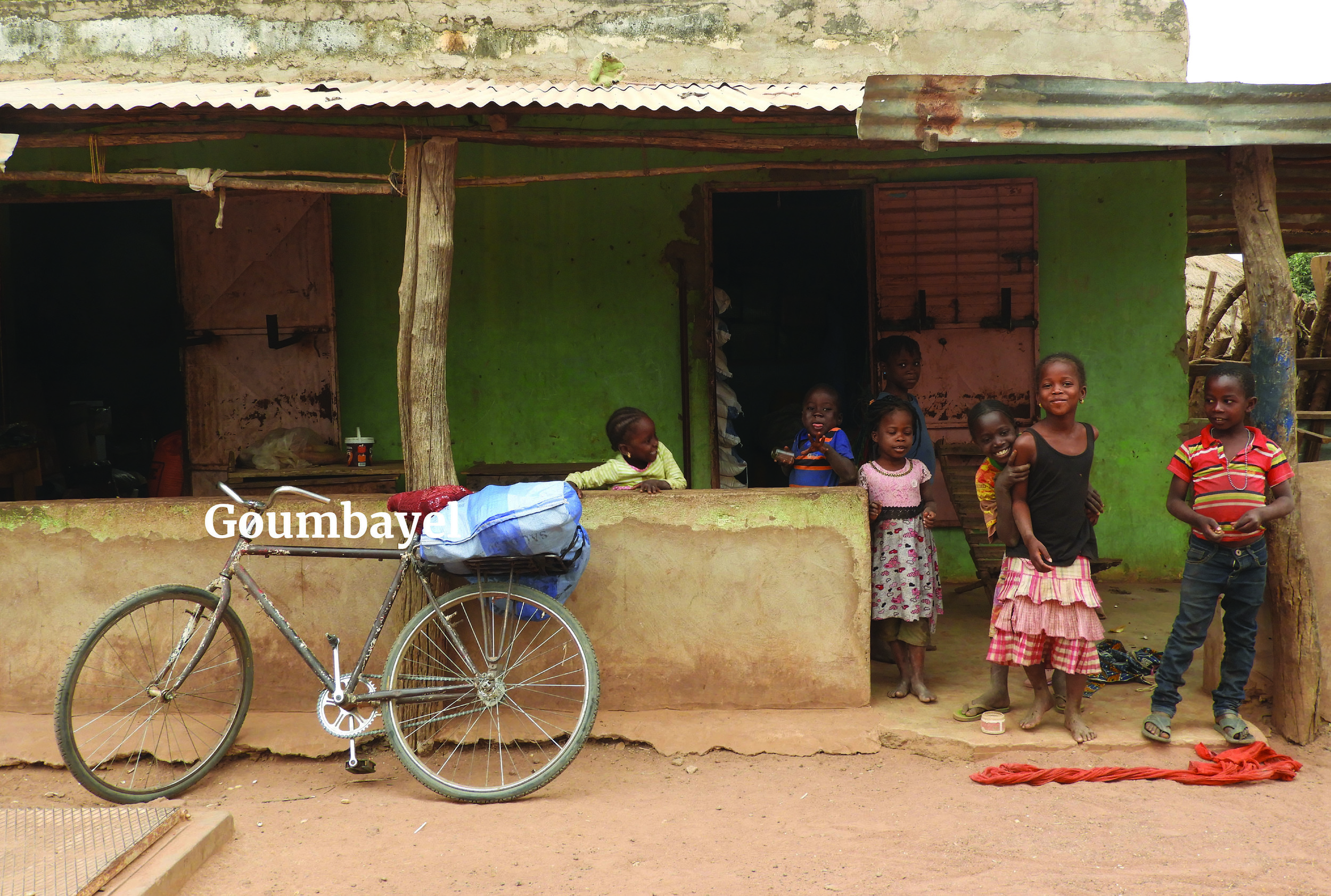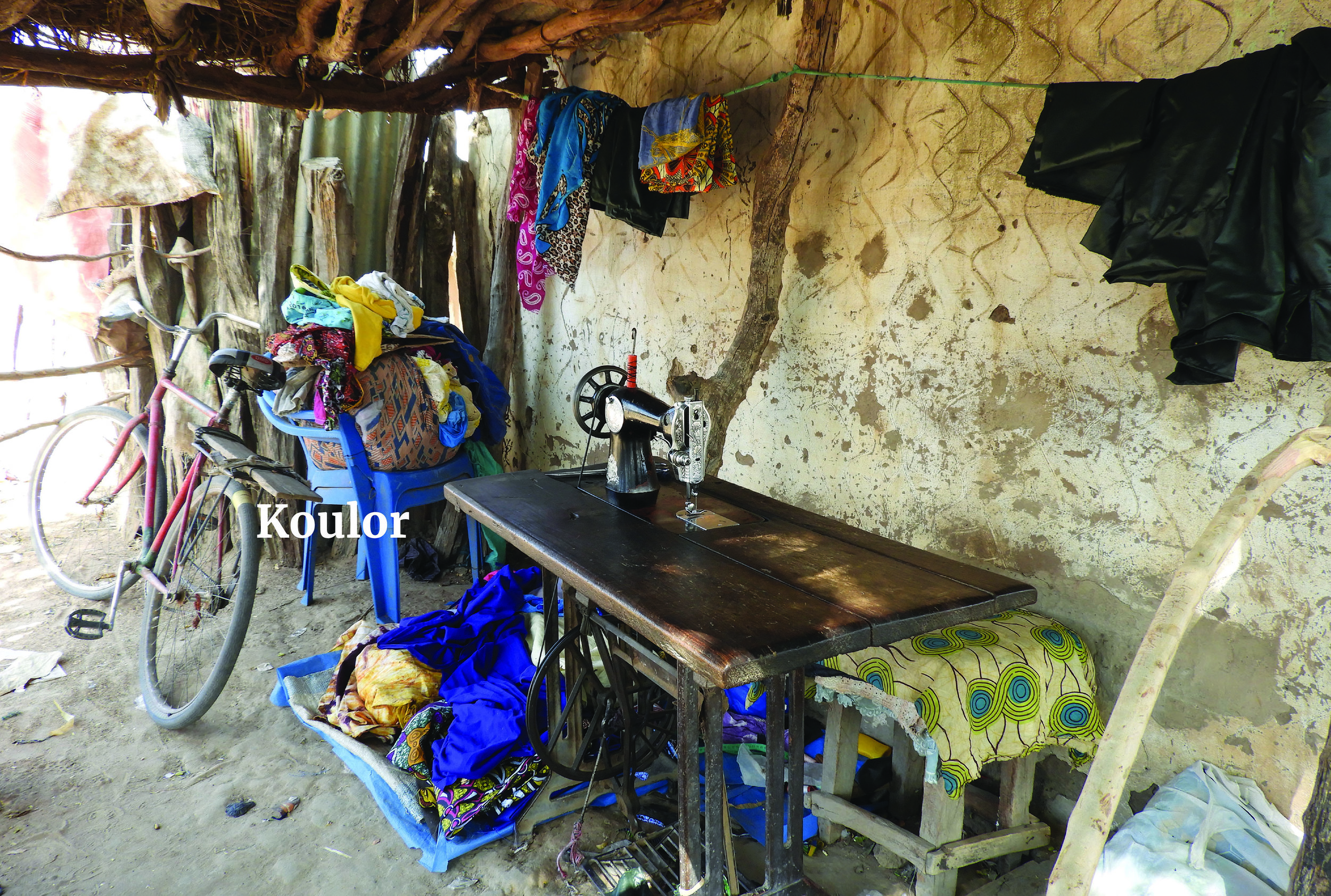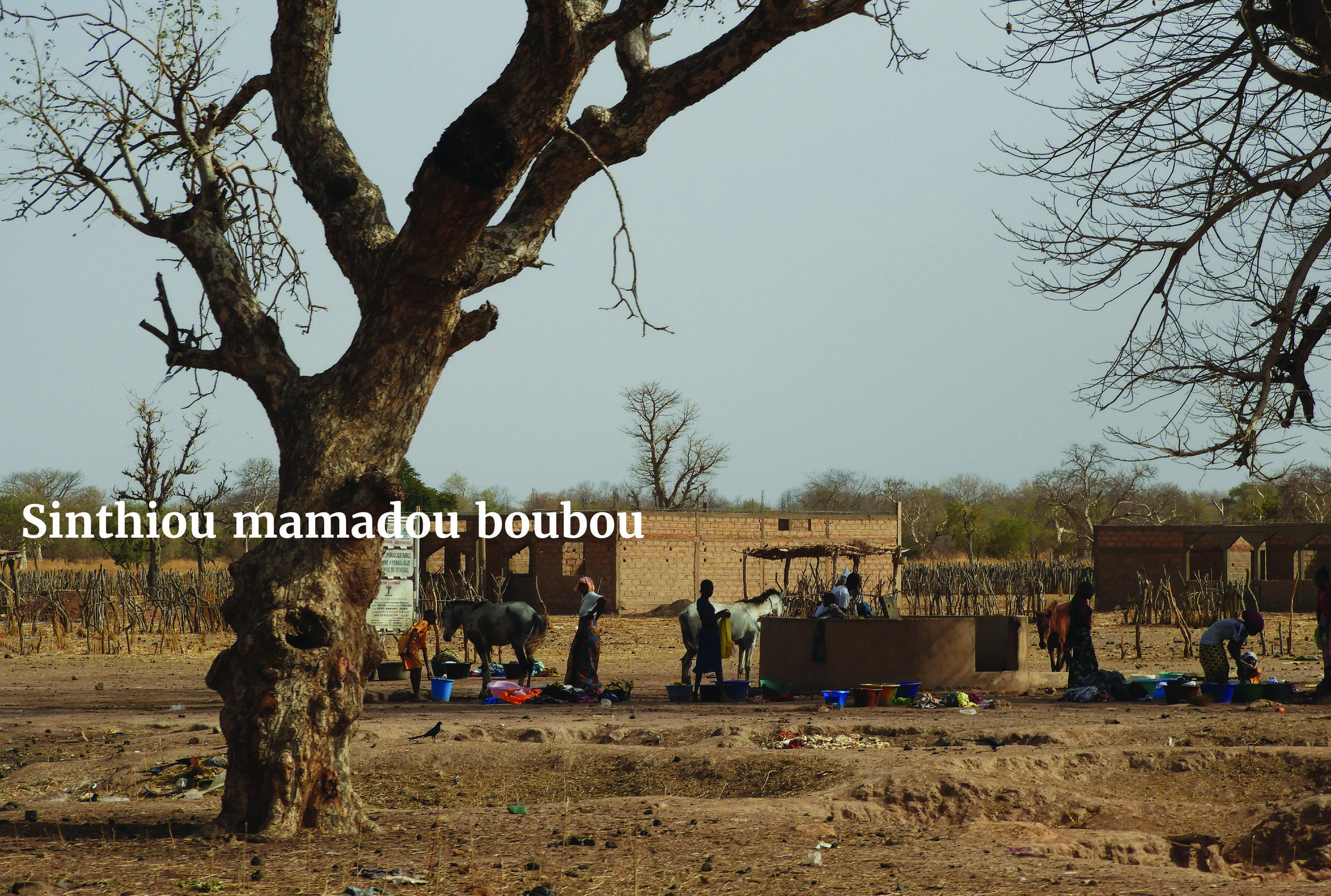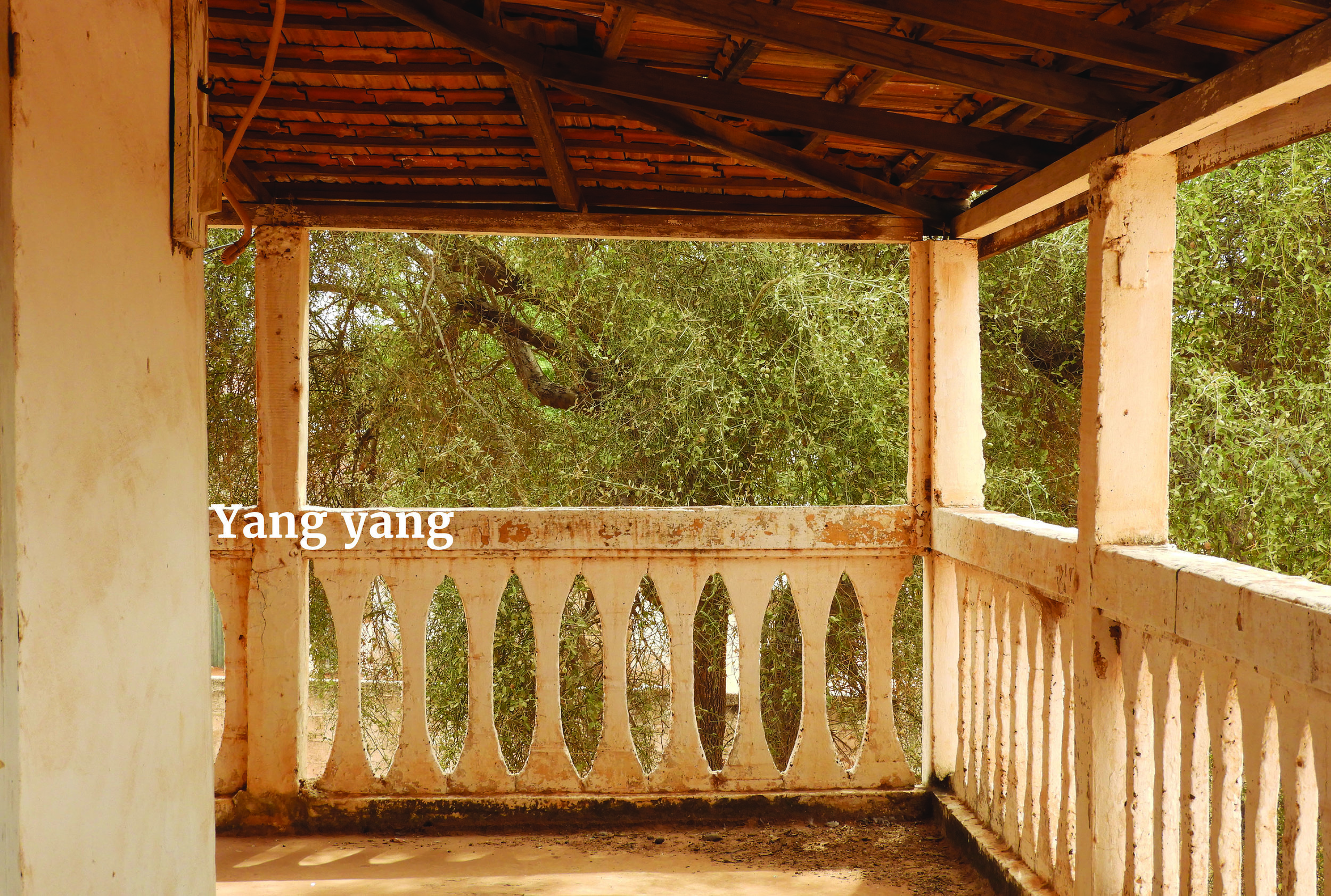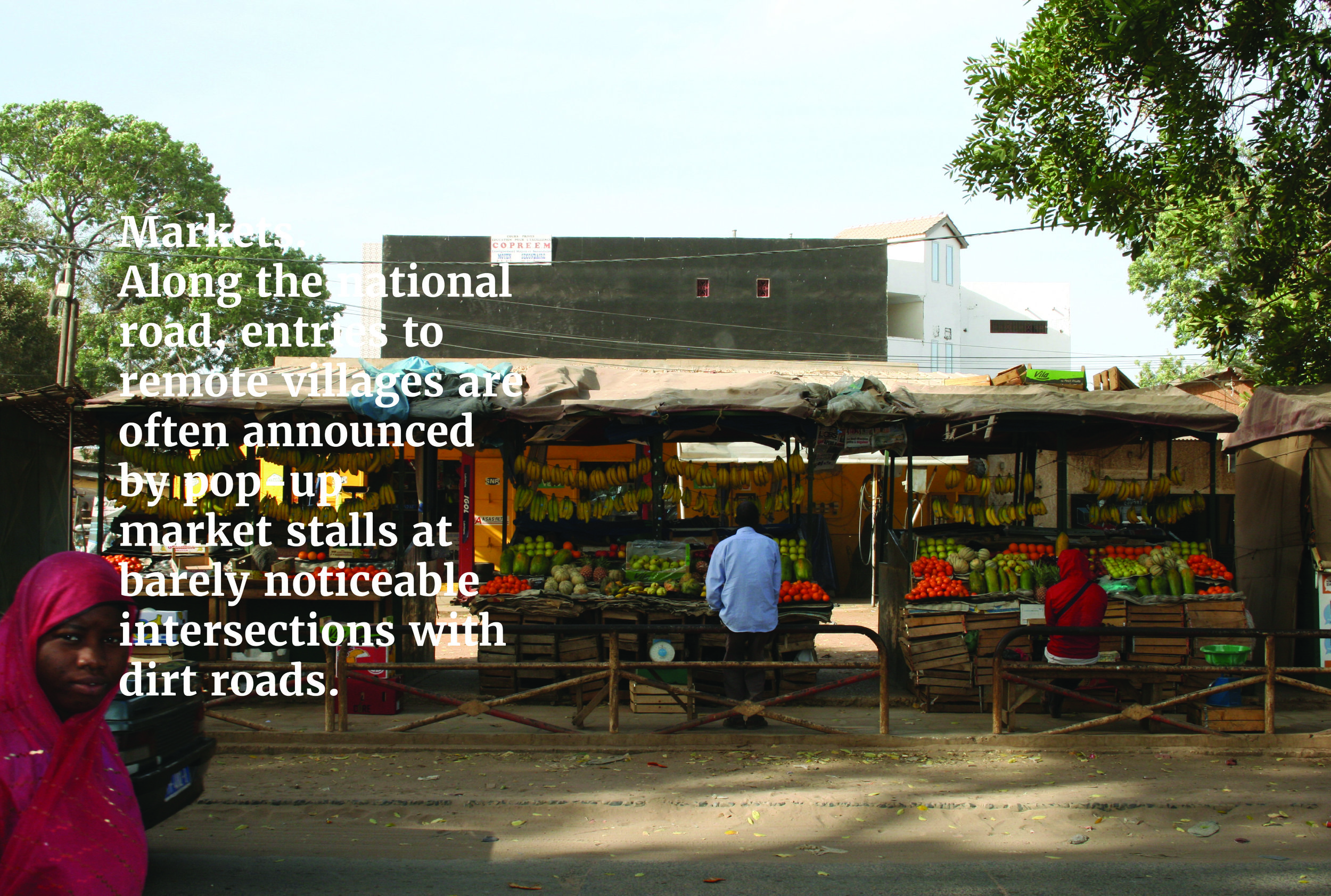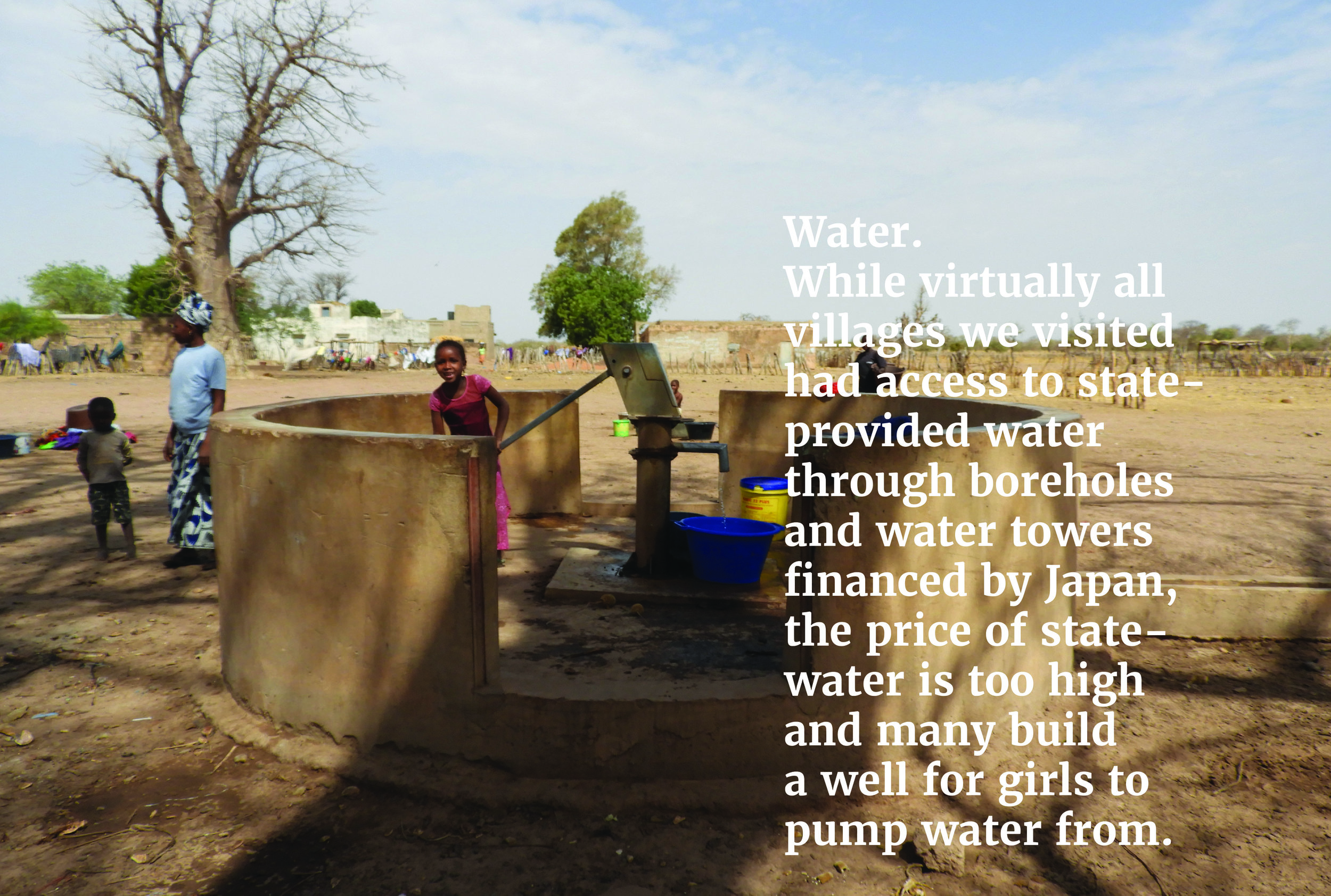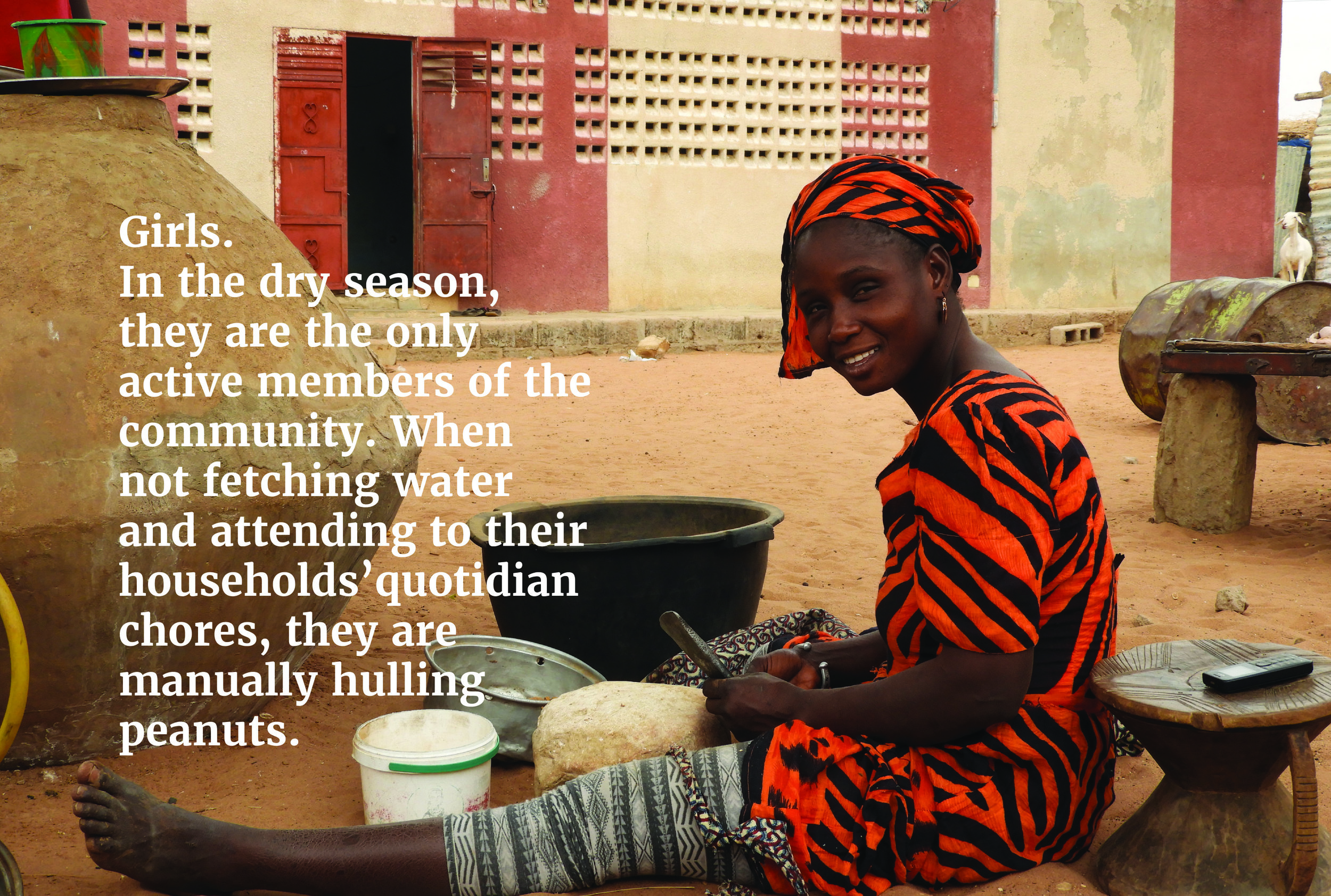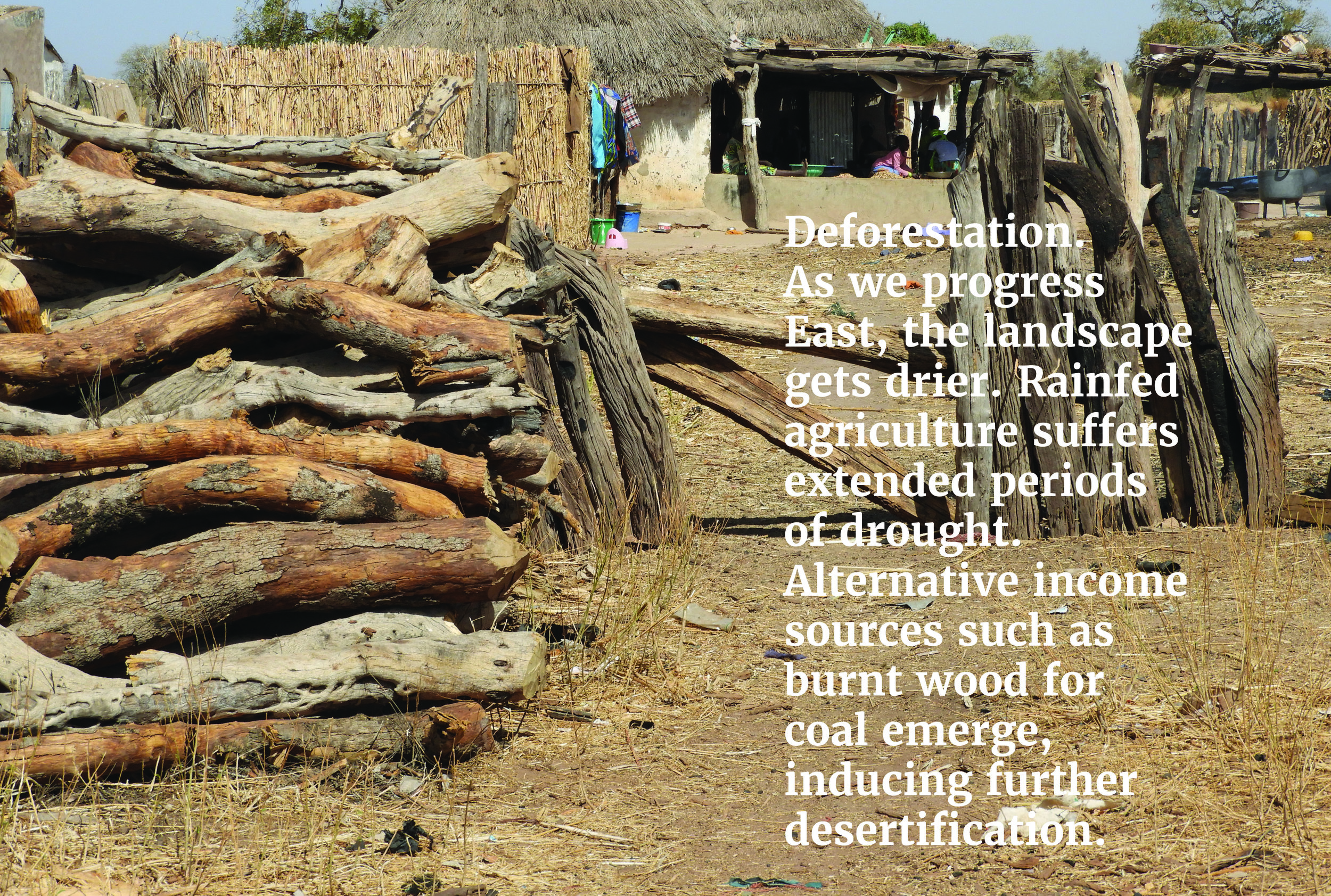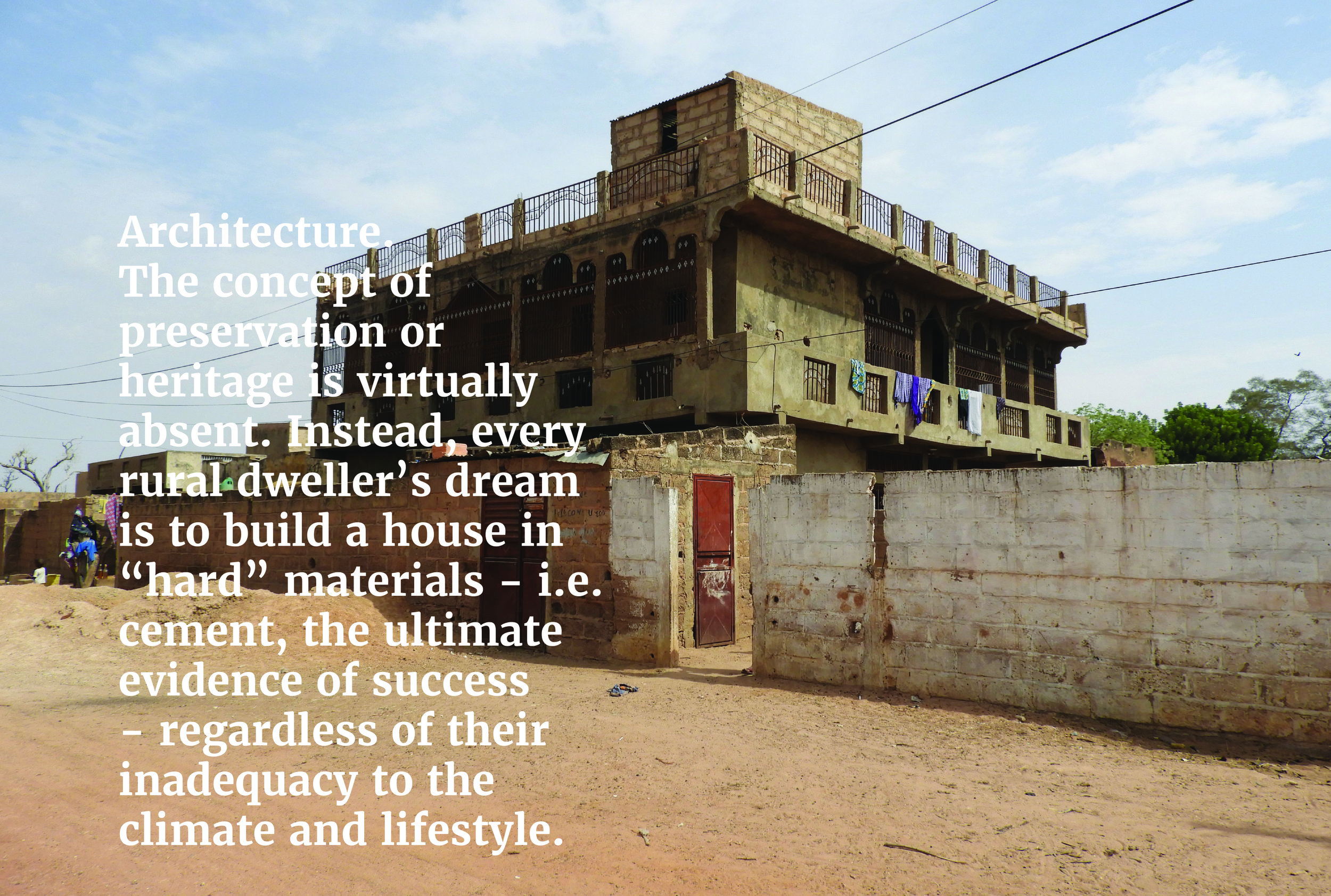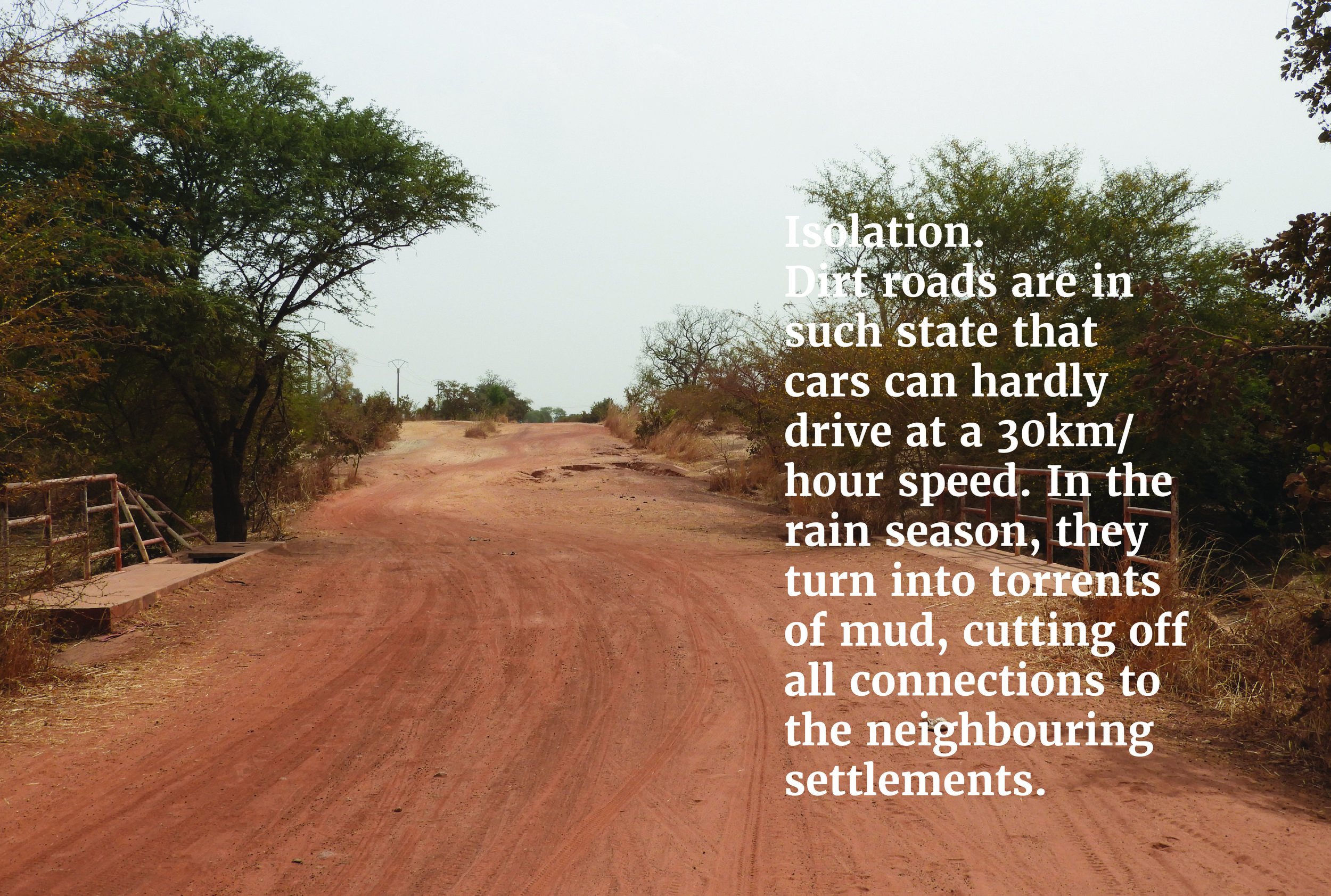CAPITAL CENTRES IN RURAL AFRICA
Population map of West Africa: there is no clear spatial divide between "rural" and "urban"; in fact, there is a gradual crystallisation of the rural population around existing urban agglomerations (i.e. their main output markets), thereby transforming the countryside into an intricate web of hybrid constellations.
Location: Senegal, West Africa, Africa
Program: a set of infrastructural and architectural interventions from rain-water retention basins for irrigation to community centres, health centres and student housing.
Area: varies
Client: NA
Status: Research completed, 2018.
Collaborators:
Research co-funding: Stimuleringsfonds Creative Industries
The working hypothesis is that urbanisation in sub-Saharan Africa does not systematically translate into a higher standard of living because new urban dwellers are uneducated, unskilled and therefore unequipped to contribute to and benefit from the economy of the city.
While many studies look at the consequences of migration and focus on engineering solutions for the city to cope with rampant urbanisation, we investigate the viability of installing capital centres at the heart of rural communities that would provide education, vocational training and other basic services to the local populations so that if/when it occurs, urbanisation becomes a more constructive process that is proportionally paralleled by a steady and shared economic growth and human development.
The self-initiated field research project aims at developing a design & build brief for a pilot rural capital centre; Senegal was chosen as a case-study as it is a country where the rate of exodus is not so extreme that it would render any attempt to reverse it completely vain.
Mass migration. In sub-Saharan Africa, countries are often monocephalic and overcentralised around their capital cities; this leads to the overpopulation and unaffordability of those capitals. As a result, unsanitary informal settlements proliferate, demonstrating the inability of the new urban dwellers to face the demands of the city as much as the mere incapacity of the urban system to absorb the large number of migrants: today 62% of urban dwellers in sub-Saharan Africa live in slums.
Unskilled workforce. The insufficient level of education and/or skills of rural migrants forces them into the low-income informal labor market. Consequently, the exponential growth of African cities in terms of inhabitants - thus theoretical workforce - is not reflected by the populations’ standard of living. For many, the urban living conditions often prove harsher than they had anticipated as 70% of all 14 million annual rural migrants end up in slums struggling to make a living.
Depopulating and impoverished countryside. Rural-urban migrations affect not just the cities: exodus translates into the depletion of rural villages - whose economies rely solely on agriculture - from their young population and lifeblood, thus accelerating their decline. The 2017 World Economic Forum on Africa in Kigali, Rwanda, emphasized that “with 70% of Africans dependent on agriculture for livelihoods, the sector is critical to the economies of all African countries. As a sector its growth is central to increasing prosperity, food security, industrialization, intra-African trade and to bolstering Africa’s contribution to global trade.” Yet agriculture contributes only marginally to GDP due to poor productivity. It has indeed remained for the most part the occupation of smallholder farmers that rely largely on rain-fed agriculture and manual labour. As such while it occupies many, it yields little. This is due partly to a difficult access to good quality seeds, unaffordable fertilisers, insufficient knowledge and training in soil and water management as well as to the effects of climate change: seasons have become erratic, rain unpredictable, desertification progresses.
Agricultural revolution. With 60% of the world’s unexploited arable land located in Africa at a time where global food security is an ever-pressing issue, boosting productivity is a central concern. Mechanised processes are being introduced: computerised tractors will soon be the norm and promise (or is it threaten?) to redesign the African countryside into rigorous patchworks of rectilinear patterns. How is the use of high technology, perhaps even robotics, the installation of reliable irrigation systems and the incorporation of architectural devices such as glasshouses - offering controlled environments to intensively grow crops all year round regardless of climate - configure a new geography across the continent? Could the advent of a productive agriculture sector mean that rural youths will see value and opportunity in their villages? Could being a farmer become a conscious career choice rather than a merely inherited misfortune?
Mapping of accessibility to basic services countrywide. Basic services include access to roads, drinking water, healthcare facilities and primary education.
Identification of the regions (and within them the departments and rural communes) with the lowest accessibility index to basic services.
Field trip itinerary: we visited 8 villages in 3 different regions; Kaffrine (Katakel, Nguent Pathe, Lour Escale), Tambacounda (Goumbayel, Koulor, Sinthiou Mamadou Boubou) and Louga (Yang Yang, Mbeuleukhe).
The field trip served to confront the often outdated data collected during desktop research to the reality on the ground.
Library of cumulative infrastructural and architectural interventions that would compose a rural capital centre.






